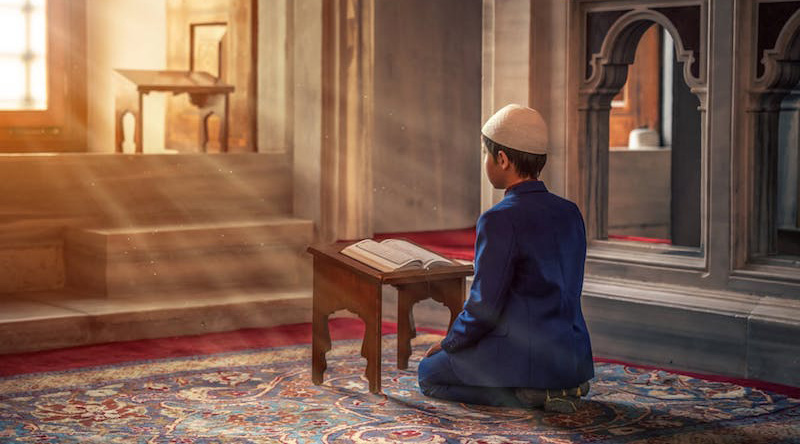As most people have to wait until 31 December to welcome the New Year, the Muslim world is already welcoming their Islamic New Year 1445 on 19 July 2023.
According to the Islamic or Hijri calendar, the Hijri New Year actually begins on the first day of the month Muharram. Since the Islamic lunar year is 11 to 12 days shorter than the solar Gregorian year, the Islamic New Year does not occur on the same day of the Gregorian calendar every year. Therefore, today, 19 July 2023, Muslims are welcoming 1445 AH (after the Hijra).
In the Islamic calendar, the New Year is also what began the Hijra, which marks the migration of Prophet Muhammad and his companions to establish a place where they were free to practice their religion. Before the advent of the Prophet Muhammad, the start of the New Year marked a month of non-violence in the Arab world, where tribesmen would remove the heads of their spears and lay down their weapons to refrain from fighting. Therefore, in Muharram, the first month in the Islamic calendar, battles and all kinds of fighting are forbidden or haram.
The Islamic Calendar
The Islamic calendar, which has been in constant use for at least 1,400 years, is a lunar calendar consisting of 12 lunar months in a year of 354 or 355 days. It is used to determine the proper days of Islamic holidays and rituals, such as the annual period of fasting during the holy month of Ramadan and the pilgrimage to Mecca during the month of Dhu Al Hijjah.
As the Islamic calendar depends on the movement of the moon, the beginning of each month is marked by the observance of a new moon seen for the first time. Each month commences on the birth of the new lunar cycle, which is based on the actual observation of the crescent or hilal. Therefore, each month can have 29 or 30 days depending on the visibility of the moon, astronomical positioning of the earth and weather conditions.
The Celebrations
Many Muslims observe the arrival of the New Year on the Gregorian calendar, although Islamic scholars have concluded that celebrating the holiday is haram. However, unlike the New Year on the Gregorian calendar, the Hijri New Year is not marked with fireworks, parties, or extravagant celebrations or festivals. For many Muslims, the New Year represents a period for self-reflection and historical awareness.
The Sacred Month of Muharram
More important than the Hijri New Year is Muharram which signifies the beginning of the new year. Muharram, which means forbidden, is the first month in the Islamic calendar. Following the holy month of Ramadan, it’s the second most sacred month in the Islamic calendar. During the sacred month, battles and all kinds of fighting are ḥaram.
Muḥarram includes Ashura, which is the 10th day of the month Muharram in the Islamic calendar. This year, it will fall on 28 July 2023. Ashura commemorates the Mourning or Remembrance of Muharram, which marks the anniversary of the Battle of Karbala when Imam Hussein Ibn Ali, the grandson of the Prophet Muhammad, was killed along with other family members and companions by the forces of the second Umayyad caliph on 10 Muharram in the year 61 AH.
To Shia Muslims, Muharram is one of the holiest months where they commemorate the martyrdom of Hussein with mourning processions and self-flagellation. Mourning congregations gather to express grief, commonly practising chest-beating, known as the Latyma, and sometimes self-flagellation and the cutting of their foreheads.
Muslims of other sects may take part in the remembrance and fast on the 9th and 10th days of the month. Muslims believe fasting on Ashura expiates for all minor sins, i.e., it brings forgiveness of all sins except major sins.
Author: Ola Diab
Copyright © Marhaba Information Guide. Reproduction of material from Marhaba Information Guide’s book or website without written permission is strictly prohibited. Using Marhaba Information Guide’s material without authorisation constitutes plagiarism as well as copyright infringement.





